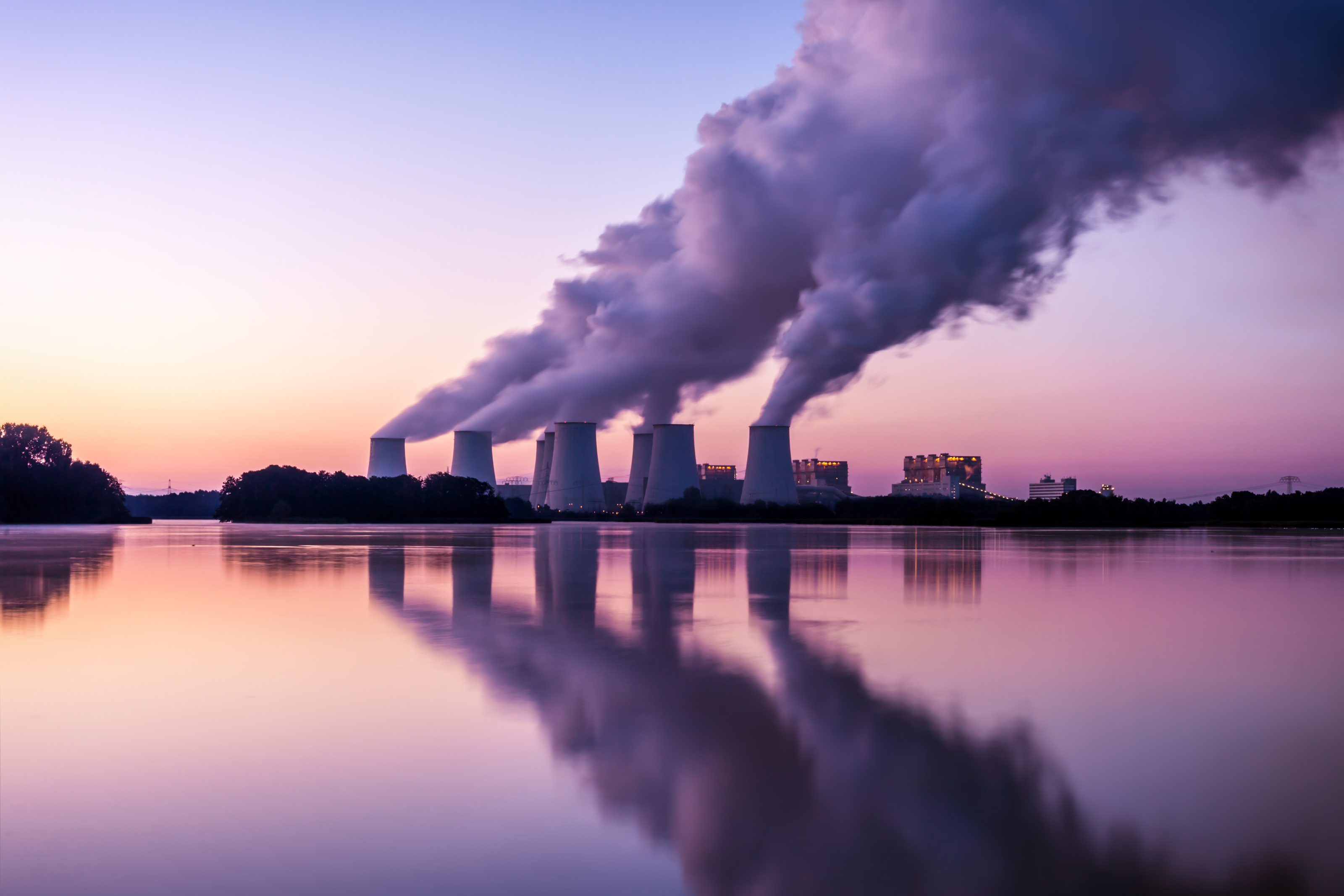
Businesses and Cities Fill Void of U.S. Leadership at COP23
Amy Hou | November 14, 2017 | Energy & Sustainability
After Syria signed the Paris agreement, leaving the U.S. the only country in the world to reject the international climate accord, prospects of the U.S. providing leadership in the right direction were bleak. However, sub-national groups of cities, businesses, and nonprofits at COP23 have filled the void left by the federal administration.
Over 2,300 coalitions of cities, states, businesses, nonprofits, tribal nations, universities, and colleges have joined America’s Pledge, adding up to an estimated $10.1 trillion combined GDP. America’s Pledge essentially becomes the third largest group in terms of fiscal power to participate in COP23, behind only China and the United States’ original commitment.
Former New York City mayor and co-chair of America’s Pledge, Michael Bloomberg, said in a statement: “The American government may have pulled out of the Paris agreement, but the American society remains committed to it — and we will redouble our efforts to reach its goals. We’re already halfway there.”
Check out the results of our survey on the outlook for sustainability in the era of Trump.
US cities are following through on their promises, joining 25 major cities around the world in pledging to reach net-zero emissions and develop climate resilience plans by 2050.
And they’re not the only ones. Fetzer Vineyards received a Momentum for Change award at the UN conference for its leadership as the first zero-waste certified wine company in the world and the first 100 percent renewable-powered winery in California. Other COP23 attendees include Patagonia, Mars, Ingersoll Rand, and Walmart — all leading the charge in quantified corporate sustainability efforts. BMW announced today that it will drop coal and call on energy sources like biomass and solar in order to meet its goal of 100 percent renewable power purchases by 2020.
Support from U.S. coalitions couldn’t come at a more opportune time. According to a report released at COP23, after three years of stagnation in global greenhouse gas emissions, emissions are predicted to reach a record high in 2017 due to higher demand for coal and more rapid economic growth in China. Hopes that the world had already passed its peak level of emissions have proven fruitless. Without consistent, quantified, and measured progress on these commitments, we won’t reach the goals of the Paris agreement.
Is your business ready to better understand its carbon footprint? Talk to an Urjanet utility data expert to understand how businesses like yours are using automated utility data to cut back on consumption and costs.
Related Resources:
- Hitting the Mark on Science-Based Targets
- What Industry Leaders in Sustainability Are Doing Right
- Solutions Sheet: Utility Data for Sustainability
If you like what you’re reading, why not subscribe?
About Amy Hou
Amy Hou is a Marketing Manager at Urjanet, overseeing content and communications. She enjoys writing about the latest industry updates in sustainability, energy efficiency, and data innovation.
You May Also Like
Support Business Continuity by Embracing ESG
Honor Donnie | March 18, 2022 | Energy & Sustainability
